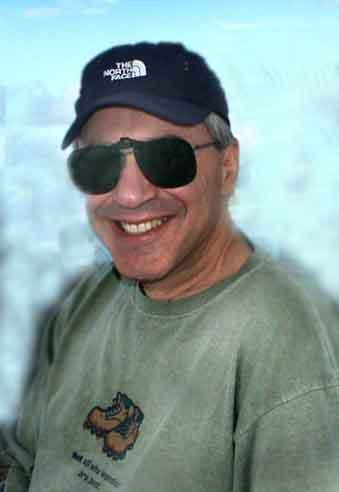How We Russians Deal With Winter
I have been recovering from the flu and sleeping a lot. Today I decided to go to the gym and do a light work out. It felt good and afterwards I went into the steam room which was, at first, a frustrating experience as the room wouldn't get very hot. An employee happened to be in there and, when I pointed this out to him, he said it was fine and blah, blah blah. He talked a lot and, much to the delight of those in there, finally left.
It was then when a short, stocky fellow about my age and who had been sitting quietly near me said (with an accent) that I was right and that we could make it hotter. He had a wet wad of paper towels which he told me could be put over the sensor so the steam did not shut off so quickly. His problem was that he was too short to reach the sensor. So, I put the paper over the damn thing...and then things really heated up in there. Sitting in a fog of steam almost too thick to see one another, we both expressed our satisfaction with the high temperature each commenting on how that is how it is supposed to be. We sat quietly for a while, each with his own thoughts, and enjoyed the intense moist heat.
Now that we were practically friends, I finally asked him what his accent was. "Russian," came the reply out of the fog. He had come to Milwaukee in the 1900's. "I should have known," I told him. "I am half Russian. My mother came over as child."
Finally, the temperature in there reached that of a smelting oven and I had to remove the paper toweling. As it gradually "cooled", we both sighed with pleasure, just two Russians who knew how to enjoy a good shvitz. When it became obvious that it was time to leave, he looked at me and said, "That was good," and offered a meaty hand. The hand shake was solid and strong. We had done what needed to be done and felt good about it. I had had a good shvitz and had met a new comrade. Not a bad day at the gym, but then we Russians know how to handle winter.
Paddle safe...
DS





















